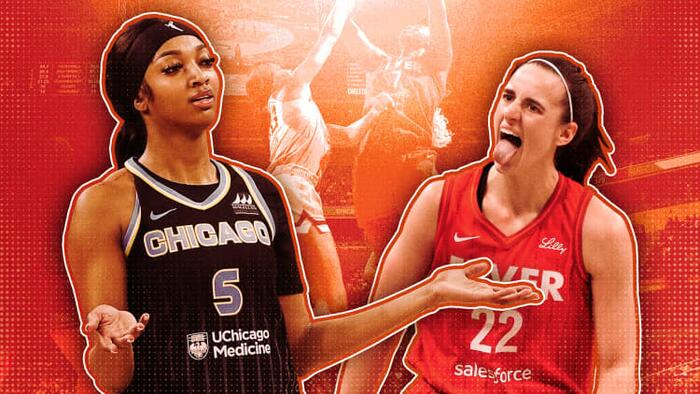Every year, feminist activists strive to generate public outrage and maintain visibility for their agenda on social media, often by highlighting perceived inequalities. In 2024, one of the most discussed controversies was the alleged gender pay gap in professional basketball, specifically between the women’s WNBA and men’s NBA. This gender pay gap narrative has received extensive criticism and debunking in the Western context. The original notion that men earn more than women was based solely on average salaries without accounting for the numerous variables that contribute to income disparities, such as job difficulty, work hours, and familial responsibilities. Men tend to work longer hours in more demanding fields, while women’s choices, such as taking maternity leave, substantially affect their earnings. Therefore, the argument attributes the wage disparity to individual choices rather than a systemic bias against women.
With mainstream arguments against the overall gender pay gap losing traction, feminists have turned their focus to particular fields as case studies for alleged inequality. Professional sports, and specifically basketball, present a rare opportunity for a direct male-female salary comparison. However, this argument presupposes that male and female athletes are performing at equivalent levels, which is not the case. The reality is that women’s basketball does not compare favorably to men’s in terms of skill, performance, or entertainment value. This disparity is problematic to discuss openly, as it challenges the feminist narrative. The argument that women’s sports are gaining popularity is often exaggerated, and the financial struggles of the WNBA underscore the weakness of claims regarding fairness in pay.
Financial reports indicate that the WNBA lost over $40 million in just one season. With this consistent financial loss, skepticism about the viability of women’s professional basketball as a marketable endeavor grows. The WNBA’s dependence on funding from the male-dominated NBA and private investors underscores that its existence relies on continued financial support from the league rather than organic profitability. The financial facts are crystal clear: women’s professional basketball does not generate sufficient revenue, which complicates arguments advocating for salary equality based solely on the notion of meritocracy in sports.
Comedian Bill Burr has criticized the WNBA’s financial viability, suggesting that the league operates at a loss and thus should appreciate the employment opportunities afforded to its players. The persistent financial struggles of the WNBA act as evidence that the gender pay gap in sports cannot be explained simply by biased salary practices. The league’s financial state reveals that the actual market for women’s sports is small, and any pay disparities need to be viewed against the backdrop of economic realities rather than ideological demands for equality. Thus, players should be grateful they receive salaries at all considering the league’s ongoing deficits.
In response to accusations about limited promotions and visibility for women’s sports, supporters argued that if the WNBA received marketing efforts similar to the NBA, the league would likely see increased revenues. Corporate partners, including Google, have invested in promotional campaigns, attempting to elevate the league’s visibility. However, results from these marketing efforts have disproven the assumption that the lack of marketing is the primary issue hindering the WNBA’s revenue generation. Most notably, any increase in public interest around women’s basketball has been largely associated with standout young athletes like Caitlin Clark. Nonetheless, newfound attention also led to rivalries that highlighted inter-female conflict rather than camaraderie, further complicating the narrative of an empowering movement for female sports.
The recent profit reports from the WNBA cast doubt on future claims made by advocates regarding gender equality in pay. These financial figures suggest there are no remaining plausible excuses for the disparity in salaries within sports; critiques that focus on external factors like marketing, investment, or lack of corporate support are increasingly untenable. Ultimately, the evidence points to one clear conclusion: the lack of substantial public interest in women’s basketball is at the heart of the issue, not patriarchal oppression or external factors. Women must confront these realities if meaningful change in pay and public perception is ever to materialize within their professional sports leagues.

